Strategies for Navigating Employment Transitions
- Introduction to Employment Transitions
Employment transitions represent critical junctures in individuals’ lives, reflecting where they are versus where they want to be according to their work and life values. Improving one’s employment situation, whether it involves a change in job, profession, industry, or a shift toward entrepreneurship, holds significant importance. Such transitions can disrupt various aspects of life, including career trajectory, personal relationships, self-esteem, and financial stability.
Defining what employment transition is may seem straightforward, yet the process can vary greatly among individuals. Despite its perceived simplicity, transitioning is a process fraught with life-altering implications. Different people may experience external and internal challenges during these times, leading to feelings of disillusionment or uncertainty about their employment. By better understanding the process of employment transition, individuals experiencing dissatisfaction in their employment situation, along with professionals who support them, can develop effective strategies and tactics tailored to specific needs and conditions.
- Understanding the Impact of Employment Transitions
Employment transitions have a profound impact on various facets of individuals’ lives. These changes, whether voluntary or involuntary, can influence emotional well-being, financial stability, personal relationships, and overall life satisfaction. The disruption caused by a job change, especially when unexpected, can lead to a range of emotional responses such as anxiety, fear, uncertainty, and even excitement about new opportunities.
Understanding these impacts requires a holistic approach that considers both external factors (such as job loss or changes in job responsibilities) and internal factors (such as personal values, goals, and psychological responses). It’s essential to recognize that employment transitions do not occur in isolation but are deeply intertwined with individuals’ overall life contexts.
- Effective Coping Mechanisms and Resilience Building
Navigating employment transitions successfully requires the development of effective coping mechanisms and resilience. Coping strategies are the actions and thoughts individuals use to manage the stress and uncertainty associated with employment changes. These strategies can be categorized into problem-focused coping (addressing the problem directly) and emotion-focused coping (managing the emotional response to the problem).
Resilience, on the other hand, is the ability to bounce back from adversity and maintain psychological well-being in the face of challenges. Building resilience involves fostering a positive outlook, developing a strong support network, and enhancing personal strengths and competencies.
For many individuals, developing coping mechanisms might involve seeking professional career counseling, engaging in reflective practices to clarify their values and goals, and exploring new opportunities that align better with their aspirations. Building resilience could include activities such as mindfulness meditation, regular physical exercise, and maintaining strong social connections.
Additionally, understanding the stages of transition—ending, neutral zone, and new beginning—can help individuals better navigate the emotional and practical aspects of change. Recognizing that feelings of loss and uncertainty are normal during the ending phase, embracing the ambiguity of the neutral zone, and gradually moving towards a new beginning can facilitate a smoother transition.
- Practical Tools and Resources for Successful Transitions
To support individuals in managing employment transitions, a variety of practical tools and resources are available. These can range from self-assessment instruments and career planning guides to networking platforms and professional development programs.
- Self-Assessment Tools: Instruments such as personality assessments, skills inventories, and values clarification exercises can help individuals gain insights into their strengths, preferences, and career aspirations. These tools provide a foundation for making informed decisions about future career paths.
- Career Planning Guides: Comprehensive guides and workbooks can offer step-by-step instructions for setting career goals, identifying opportunities, and creating action plans. These resources often include tips for resume writing, job searching, and interviewing.
- Networking Platforms: Online platforms and industry-specific forums can facilitate connections with professionals, mentors, and potential employers. Building a strong professional network is crucial for discovering new opportunities and gaining support during transitions.
- Professional Development Programs: Workshops, courses, and certification programs can enhance skills and qualifications, making individuals more competitive in the job market. Continuous learning and upskilling are essential in adapting to changing industry demands and emerging career trends.
- Support Services: Access to career counseling, mentorship programs, and support groups can provide personalized guidance and emotional support. These services help individuals navigate the complexities of employment transitions and build confidence in their ability to succeed.
